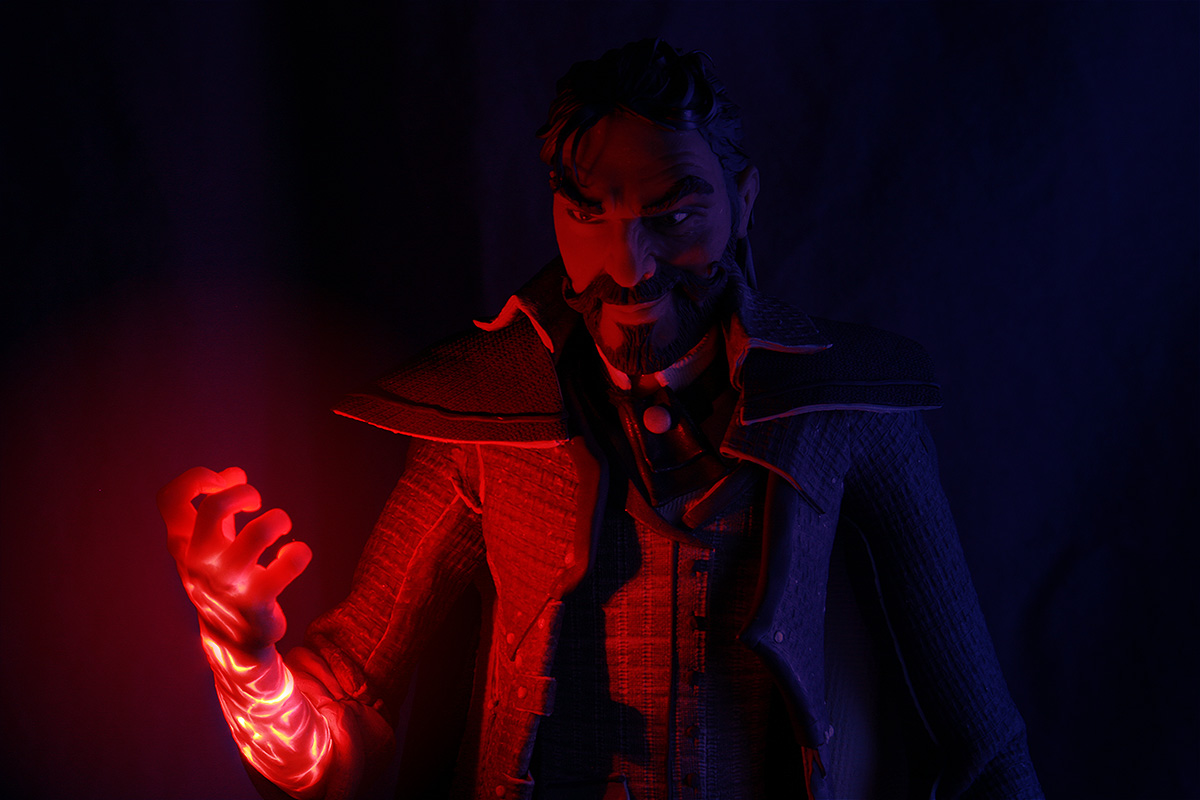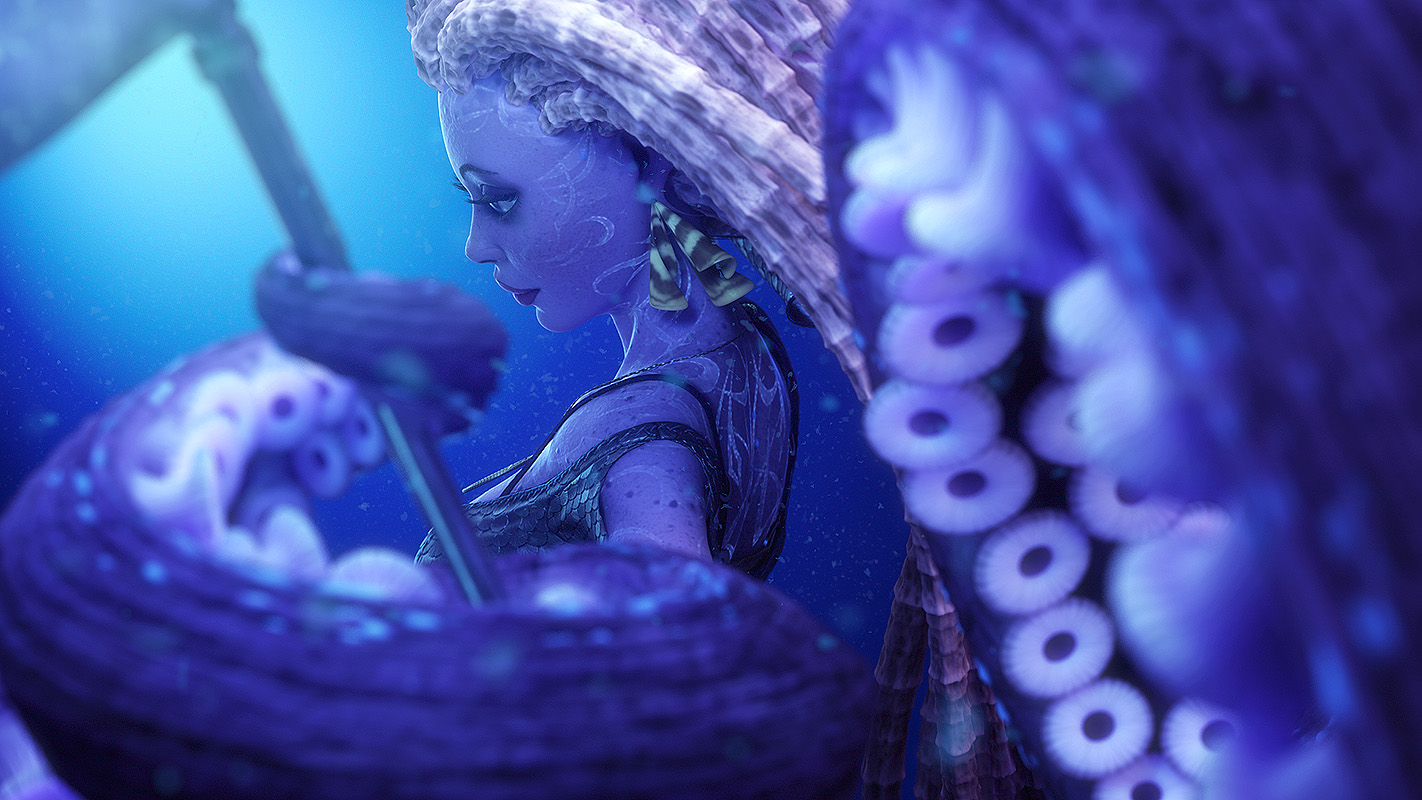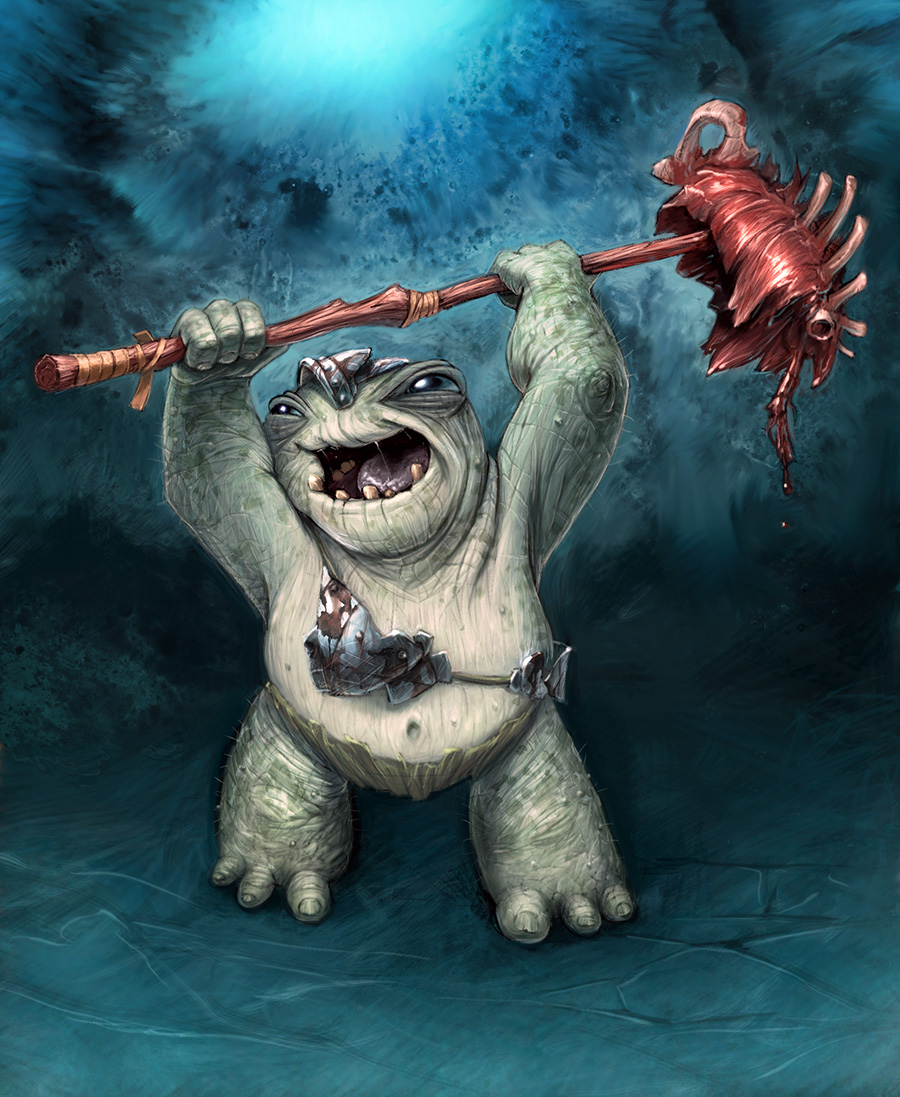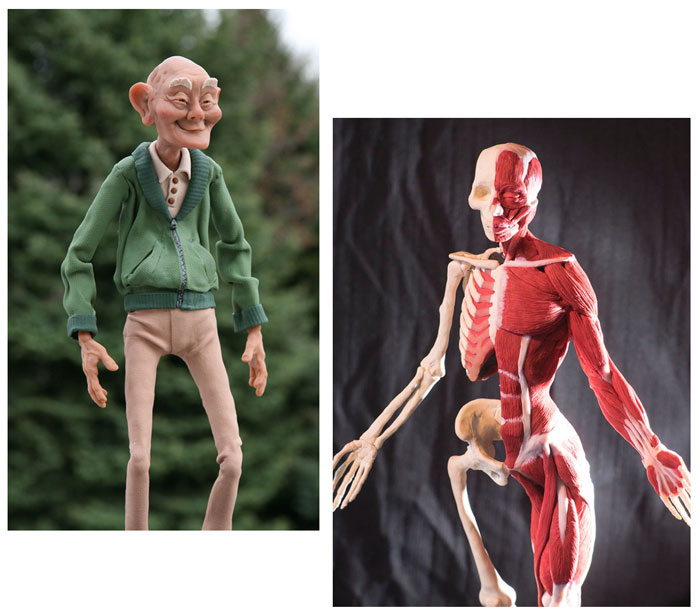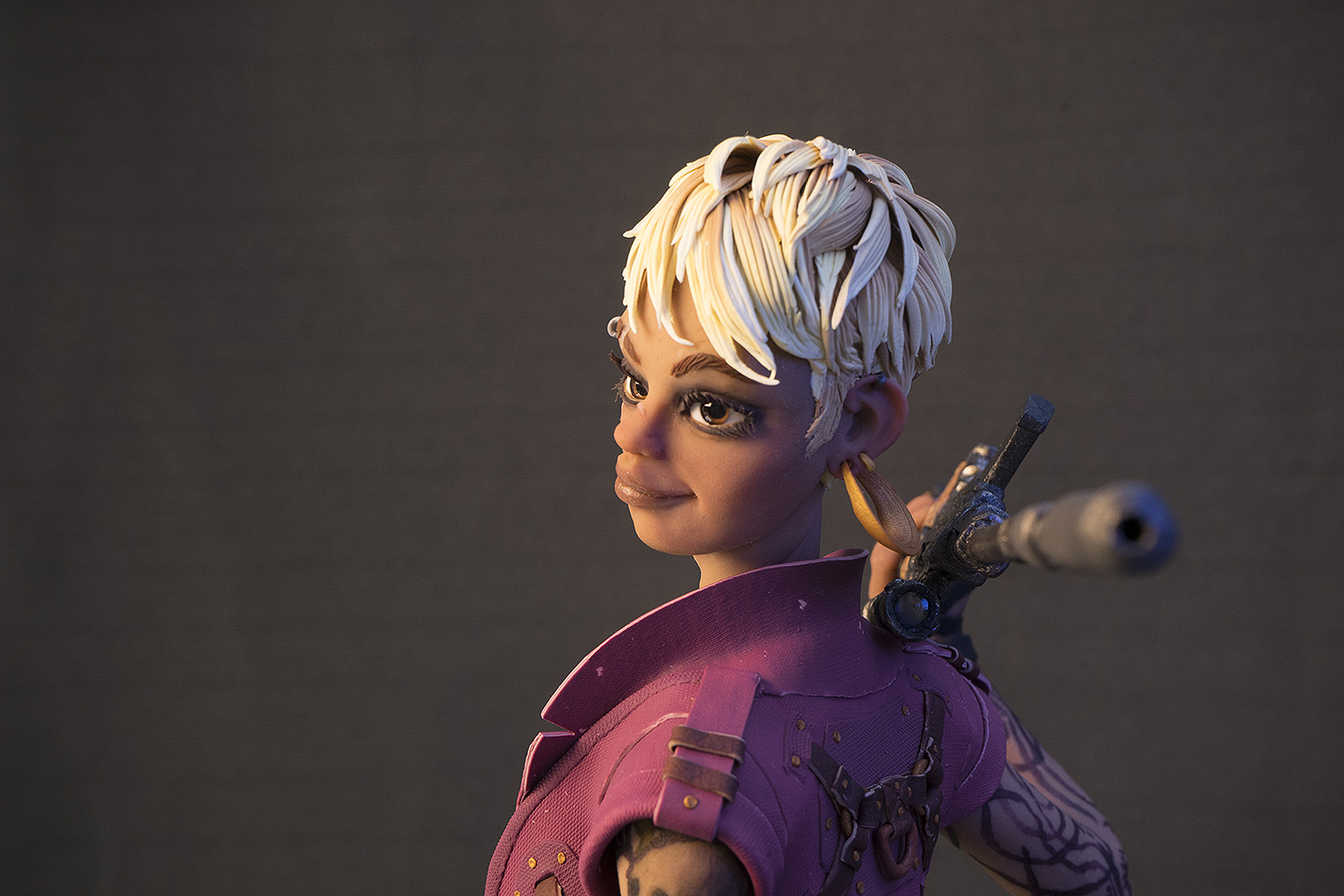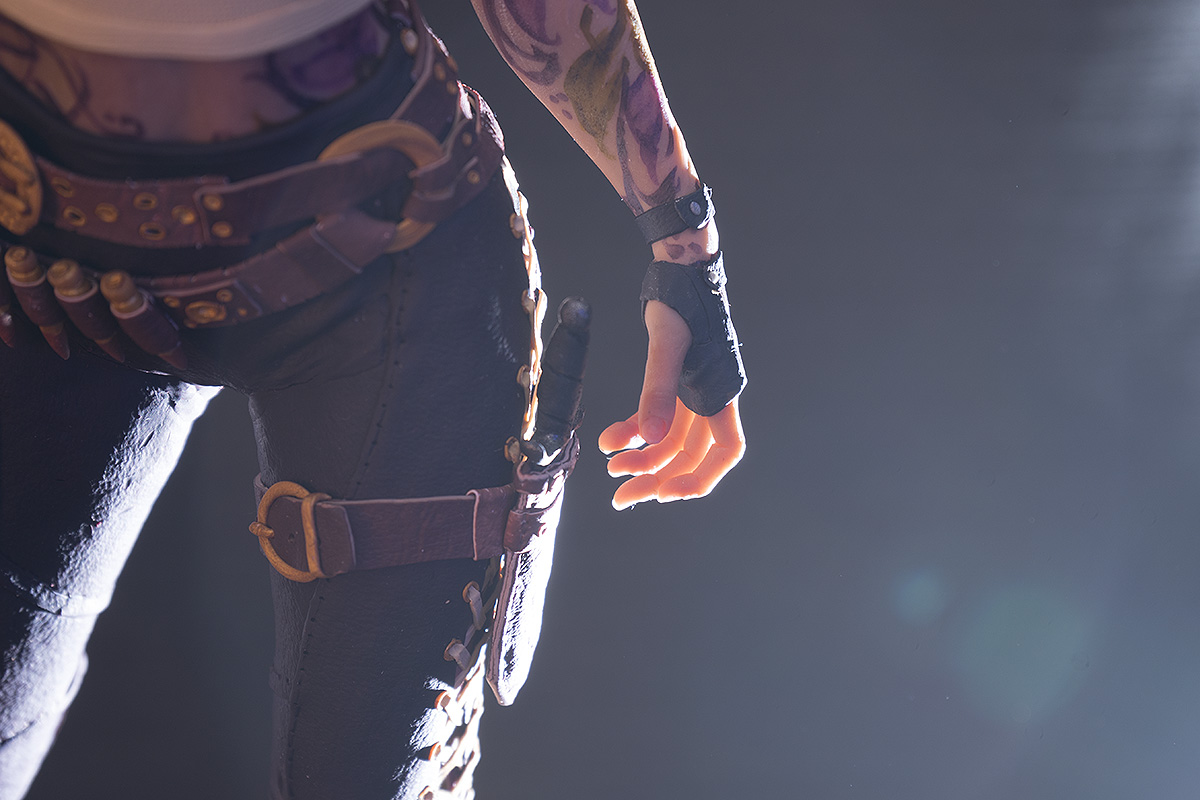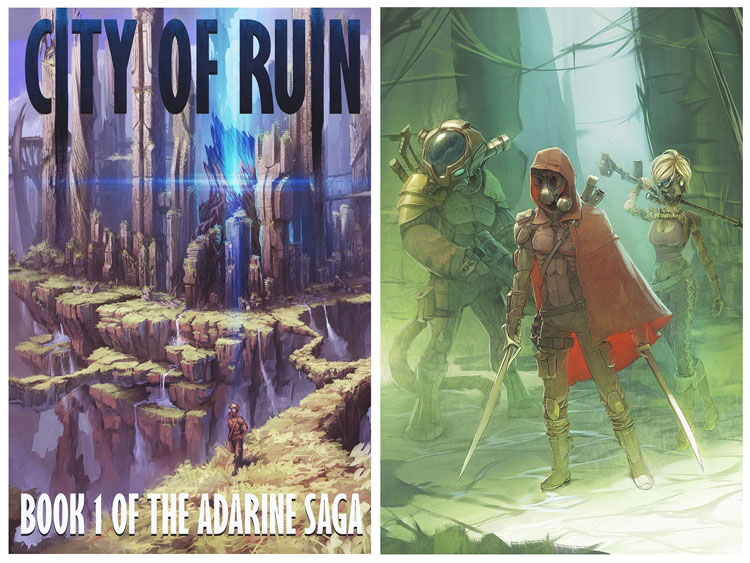Jonathan Hoffman is a talented sculptor and digital artist currently working as a Technical Director for Pixar. He graduated from the BYU Animation program and has worked on a number of Pixar projects including the film Up. He has worked with oil-based clay since he was seven or eight years old and does personal projects with maquette sculptures. He currently lives in Northern California.
Describe yourself as an artist. This is a really hard question to answer. I’m still trying to find my style, still trying to find my audience, really. Most of my artwork is centered on the stories that I write. Creating art is part of creating a story for me – as I’m working, I’m thinking about the characters, about the world, weaving together the larger canvas of the story. My art comes out of a passion and drive to create, to make something that is purely my own. One of the things I struggle with is focus – I bounce between digital painting, sculpting, and writing – and my fear is that I haven’t progressed fast enough because I’m unwilling to hunker down with one discipline and really master it. I guess I’m too restless to just keep doing the same thing for too long, I crave variety.
What is a maquette sculptor? Historically, maquettes were made as a means to ‘mock up’ a character. In practical effects, they could make a maquette of something that would later be built to scale – or in sculpture an artist would make small wax maquette of what would later be a marble sculpture. At Pixar there are two full-time sculptors who make clay maquettes of our main characters, taking two-dimensional designs into three dimensions. Both are incredibly talented. They explore the characters and their facial expressions before these are built on the computer.
What is your role at Pixar? My role is a character shading technical director. That means I get a digital model after it’s been built by the modeling/rigging department, and it’s my job to take that basic 3D shape and paint on the details. I usually get a packet of reference images as well as a painted image showing me how the art department wants the character to look. My job involves painting details, like the freckles on someone’s face or the scales on a fish. I also have to define how reflective a surface is, how deep light penetrates beneath the surface, how minor details on the surface actually displace above or below the model itself. It’s sort of a handshake between coding and painting.
You once said, “I believe a story worth telling talks about human experience in a way that is edifying, where you learn something about life and the consequences of our actions and the potential man has for great good or great evil.” What are some of the aspects of the human experience that you like to address in your writing and art? In the article you reference, I was saying how I feel that fantasy and science fiction are an excellent medium for teaching us about the real world, specifically because they are set in an unfamiliar environment that isn’t loaded with our own preconceptions and prejudices. But, that said, my writing definitely falls into the category of escapist fiction – it’s primarily meant to be entertaining. I do try to craft my characters to be complex and believable, so when they’re thrown into horrible situations they respond in a way that shows human nature, good and bad. I learn about myself as I’m writing, and hopefully I can touch on themes that arise naturally from what happens in the story. I guess as a writer I’m especially cruel to my characters. It’s only when you really kick your main character to the curb that you get to watch them pick themselves up and keep going.
What are you working on next? I have been writing a series of novels since college. After pursuing a couple different story ideas, I’ve kind of returned to the story I wanted to write originally. I’m confident that this is the best draft I’ve created so far, but I’m still revising and improving it before I start sending it off to publishers. I’m also part of a writers group at Pixar who have been work-shopping parts of it with me, so that’s been very helpful. Unfortunately, there’s a whole lot more to getting published than simply writing. I counted up how much fiction I’ve written so far, and it’s a little under one and a half million words. Most of them are fairly awful – but the last 300,000 or so aren’t so bad. That’s how I feel about my art in general. Any of my work that looks good is a result of brute force, trying something eight hundred times until I finally sorta figure it out. Hopefully, one day, I can get published and my work can be enjoyed by a larger audience than my friends and family. But even if that never happens, the process of creating is something I enjoy too much to ever give up.
